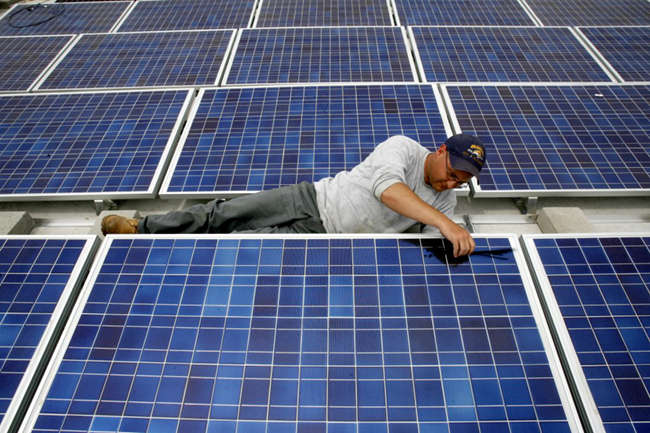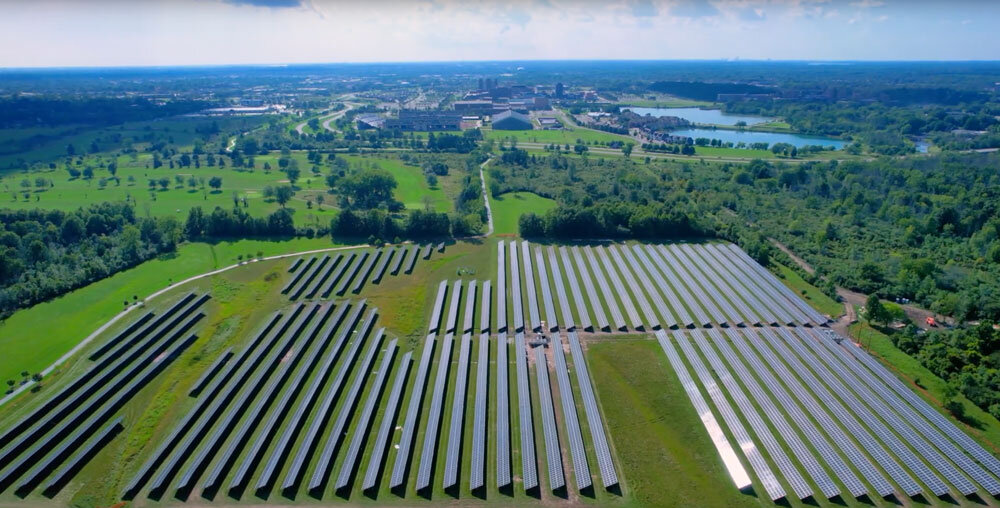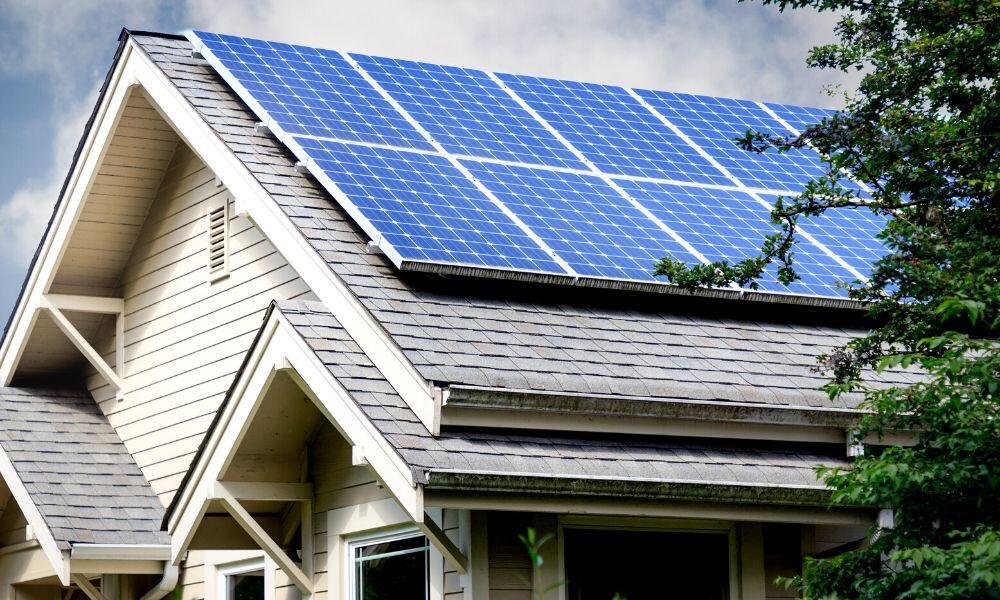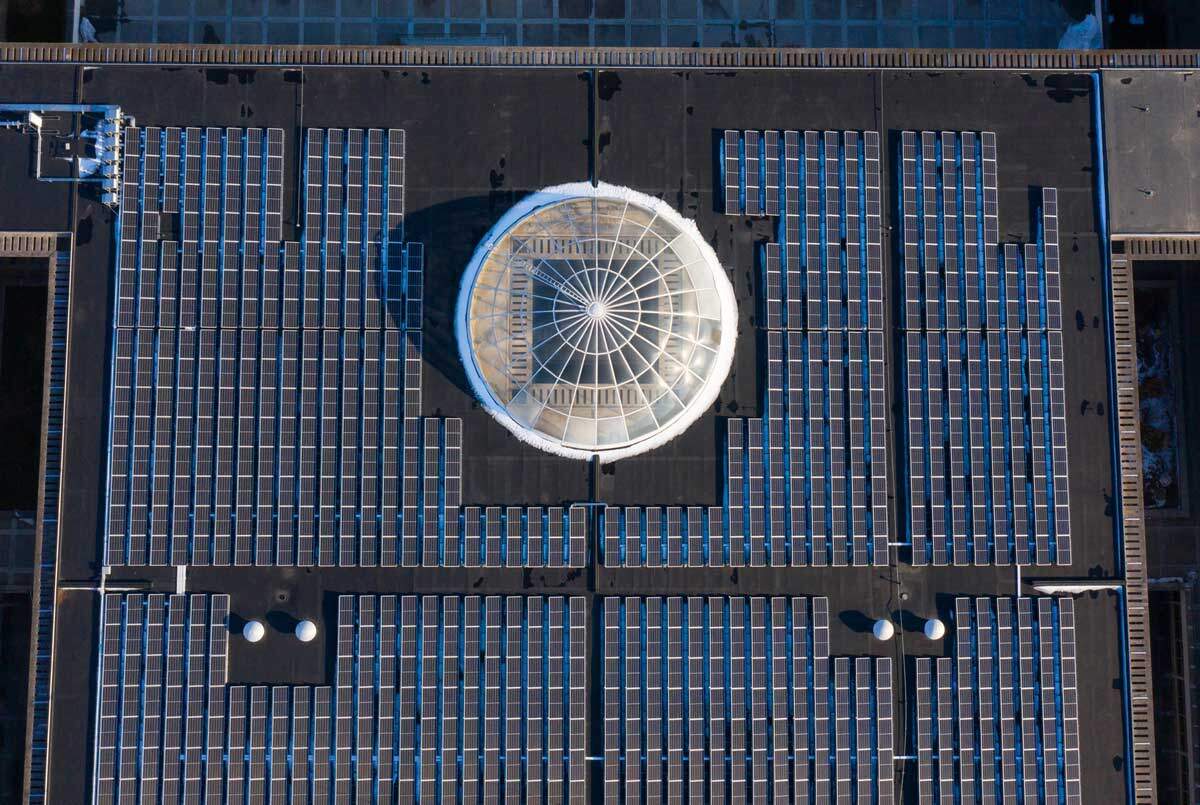New York looks at a new way to value solar power

A solar panel technician with Solar Liberty installs solar modules on a roof. (Buffalo News/ Robert Kirkham file photo)
buffalonews.com
David Robinson
March 17, 2017
How much is solar power worth?
For years, that nagging question has been at the center of a longstanding disagreement between the solar energy industry, which needs higher prices to compete with electricity produced with fossil fuels, and utilities seeking lower prices to end what they see as subsidies for an uncompetitive power source.
New York utility regulators believe the answer is somewhere in between.
To them, all solar power is not created equal, and the state Public Service Commission this month took a first step to come up with a new way to put a price tag on it.
It’s a novel approach, that starts with the wholesale price of electricity, and then adds in a handful of other factors that state regulators call the “value stack” that can further bump up the price of renewable energy, depending on the project. It does that by trying to put a value on the environmental benefits of renewable energy, as well as how it eases pressure on the state’s power grid and meets the demand for electricity in a particular area.
“We are optimistic that the order adopting the new rates will provide a foundation for continued growth of the solar industry, while helping to guide investments to the areas where they provide the most benefits,” said Miles Farmer, an attorney for the National Resources Defense Council.
Many of the details still need to be worked out, but if the new rate structure works, New York would stand out as the rare exception among states that have tackled the highly contentious issue of how much solar energy providers should be paid for their excess electricity.
“The ‘value stack’ brings long-term viability to New York’s solar market,” said Adam K. Rizzo, the president of Solar Liberty, an Amherst solar energy installer. “Where states like Arizona or Nevada, for example, have deep divides between solar customers and utilities, New York state has set the stage for a permanent partnership between solar companies, customers and the utilities.”
By putting a value on renewable energy’s environmental benefits and the savings the new generating capacity can yield for utilities, state regulators say they are trying to come up with a new pricing scheme that more accurately reflects the reality of a modern electric grid. In the future, they believe that grid will rely less on big power plants that run on fossil fuels, and more on renewable energy projects, from big wind or solar energy farms to the small solar systems that homeowners put on their roofs.
It’s also a big change from what’s done today, with solar power and other types of renewable energy, including wind, valued at conventional retail rates that didn’t vary, no matter where the producer was located or whether the power was produced at a time when electricity was in high demand.
The renewable energy industry likes those rates, known as net metering, because it compensates renewable energy producers at the same price that consumers pay for their electricity.
But the utility industry has long disliked net metering. Why should utilities pay higher retail prices for solar and wind power, when they can buy the same electricity from a power plant that runs on coal or natural gas for a much lower wholesale rate? Utility officials also say the retail prices benefit renewable energy producers at the expense of all the rest of their customers.
The PSC believes the answer is somewhere in between.
The location of the project is a key part of the pricing formula. Putting more solar in an area where power supplies are tight could have a bigger impact by allowing the local utility to save money by not having to invest in new power plants or power grid improvements, like substations or power lines.
The PSC believes the new pricing plan, by eliminating near-term uncertainty over solar power pricing, will give an immediate boost to about 70 community solar projects. Those are larger arrays, usually located at a third-party site, that allow renewable energy supporters to make a financial commitment to solar, even if solar panels aren’t an option for their own home.
https://buffalonews.com/2017/03/17/new-way-value-solar-power/




